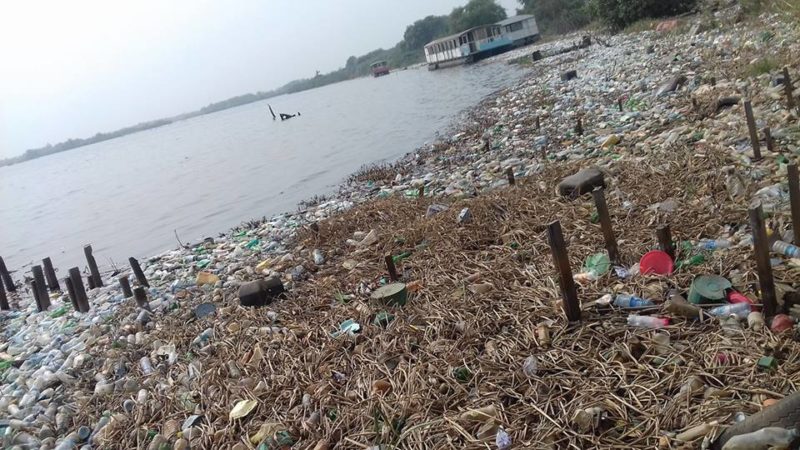Tiny plastic particles washed off products such as synthetic clothes and car tyres could contribute up to 30% of the “plastic soup” polluting the world’s oceans and – in many developed countries – are a bigger source of marine plastic pollution than plastic waste, according to a new report by International Union for the Conservation of Nature (IUCN).

The report looked at primary microplastics – plastics that enter the oceans in the form of small particles, as opposed to larger plastic waste that degrades in the water – released from household and industrial products across seven geographical regions. Sources of primary microplastics include car tyres, synthetic textiles, marine coatings, road markings, personal care products, plastic pellets and city dust.
According to the report, between 15 and 31% of the estimated 9.5 m tonnes of plastic released into the oceans each year could be primary microplastics, almost two-thirds of which come from the washing of synthetic textiles and the abrasion of tyres while driving.
“This report is a real eye-opener, showing that plastic waste is not all there is to ocean plastics,” says IUCN Director General, Inger Andersen. “Our daily activities, such as washing clothes and driving, significantly contribute to the pollution choking our oceans, with potentially disastrous effects on the rich diversity of life within them, and on human health.
These findings indicate that we must look far beyond waste management if we are to address ocean pollution in its entirety. IUCN therefore calls on private sector leadership to undertake the necessary R & D for the needed production shifts.”
In parts of the developed world enjoying effective waste management, such as North America, primary microplastics are a bigger source of marine plastic pollution than plastic waste, according to the report. Synthetic textiles are the main source of primary microplastics in Asia and tyres dominate in the Americas, Europe and Central Asia.
“The findings of this report have important implications for the global strategy to tackle ocean plastic pollution, which currently focuses on reducing plastic waste,” says Joao de Sousa, Marine Project Manager, IUCN’s Global Marine Programme. “They show that solutions must include product and infrastructure design as well as consumer behaviour. Synthetic clothes could be designed to shed fewer fibres, for example, and consumers can act by choosing natural fabrics over synthetic ones.”
Recent calls to ban the use of microbeads in cosmetics are a welcome initiative, but as this source is only responsible for 2% of primary microplastics, the effects of a potential ban would be limited, the report states.
Plastic pollution harms marine wildlife and is thought to accumulate in the food web, with potentially negative consequences for human health. Effects on fragile ecosystems in regions such as the Arctic, where microplastics could affect ice formation and melting, are still unknown.
